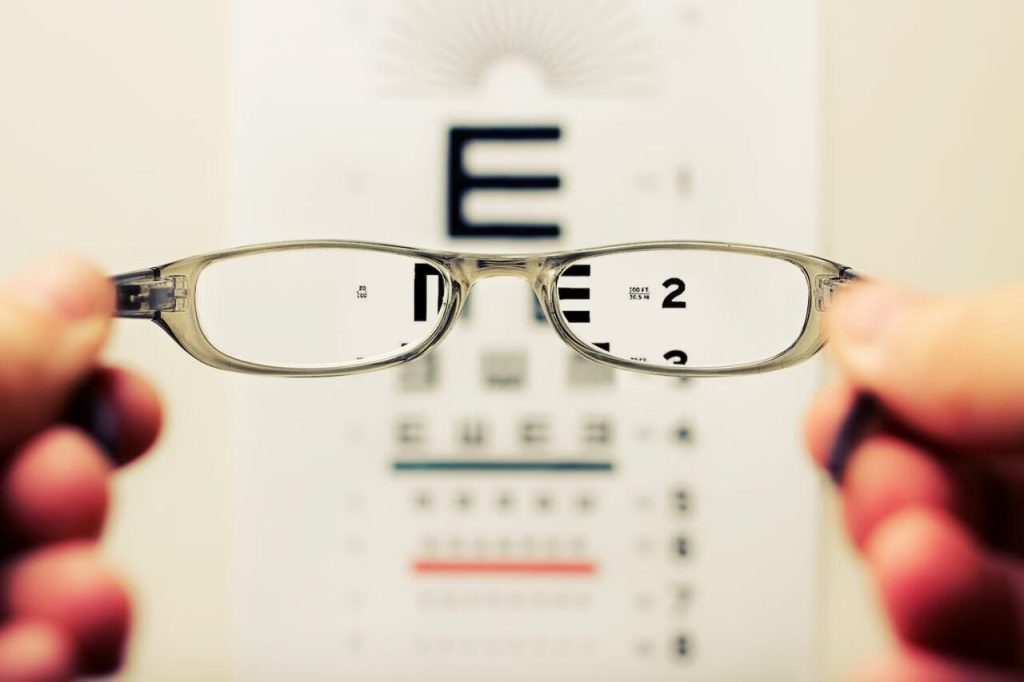The eyes are precious sensory organs that act as windows to the world. Without proper vision, it’s hard to enjoy the world’s beauty in all its beauty and intricacy. However, eyes are no exception regarding susceptibility to problems and conditions. Whether you’re experiencing minor annoyances or medical problems, it’s good to understand the different eye-related problems and their respective solutions. Here is everything you need to know.
Refractive Errors
The retina is the part of the eye where the light should reach for someone to see something. Sometimes, the images may focus behind or in front of it, and when this happens, the vision becomes blurry. Some common conditions associated with this are astigmatism, myopia, astigmatism, and hyperopia.
The solution is usually to use corrective lenses to help refocus the images onto the retina. An eye doctor will be handy as they measure your vision’s strength first. It helps them quickly know which lenses you need. Besides the traditional eyeglasses, technology also offers contact lenses as an alternative. Always look for quality when buying such, as this helps keep your eyes safe. Therefore, read some reviews to determine whether a dealer is competent.
Dry Eye Syndrome
The eyes have a certain amount of tears, which it produces to help moist the surface. Unfortunately, there are times when this doesn’t happen, or the evaporation of the moisture takes place too fast. When this happens, it brings redness and discomfort, which is unfavorable for your eye health. The remedy to this is using artificial tears or even prescription medicine. There are also procedures, such as the punctal plugs, that help make the tear’s retention on the surface better.
Glaucoma
When the eye optic nerve has some problems, vision loss is likely to occur. This is because the coordination of messages between the eyes and the brain is affected. Generally, there are certain groups of diseases, such as glaucoma, that tend to damage this crucial nerve and lead to the gradual inability to see.
However, solutions are there, ranging from medications to surgery. Technological advancements have also given birth to laser therapy, which is doing good. All these procedures have one mission: reducing the intraocular pressure, hence preserving vision.
Age-Related Macular Degeneration (AMD)
AMD is much more dominant among adults and worsens with the higher age bracket. With age, there is a tendency for the central part of the retina (macula) to degenerate. A person may experience gradual vision loss over the years; if no action is taken, it may lead to blindness.
Therefore, the earlier, the better when dealing with age-related macular degeneration. There is indeed no cure for this condition, but there are remedies that slow its progression, which means you can maintain your current vision. Photodynamic therapy and anti-VEGF injections help in achieving this.
Cataracts

The eye’s lens is usually clear, which helps the light to pass through nicely. However, with age or genetic factors, some cloudiness to the lens tends to occur. This brings about dimming or blurry vision, significantly lowering the quality of life and productivity.
If you want to stand a chance of being successful in dealing with cataracts, it’s good to act fast. A specialist can offer a remedy through a surgical procedure. The clouded lens will be removed during such treatments, and an artificial one will later be replaced. This restores the vision successfully.
Your overall well-being and quality of life depend on your eye health. Therefore, it’s necessary to be keen on emerging issues and act fast. Luckily, many eye problems have treatments, making restoration of vision easy. At the same time, some procedures help prevent the worsening of the current problem, preserving the remaining vision.

